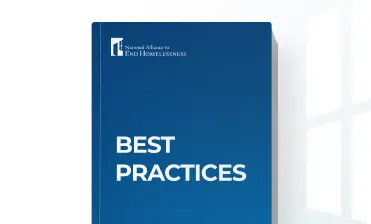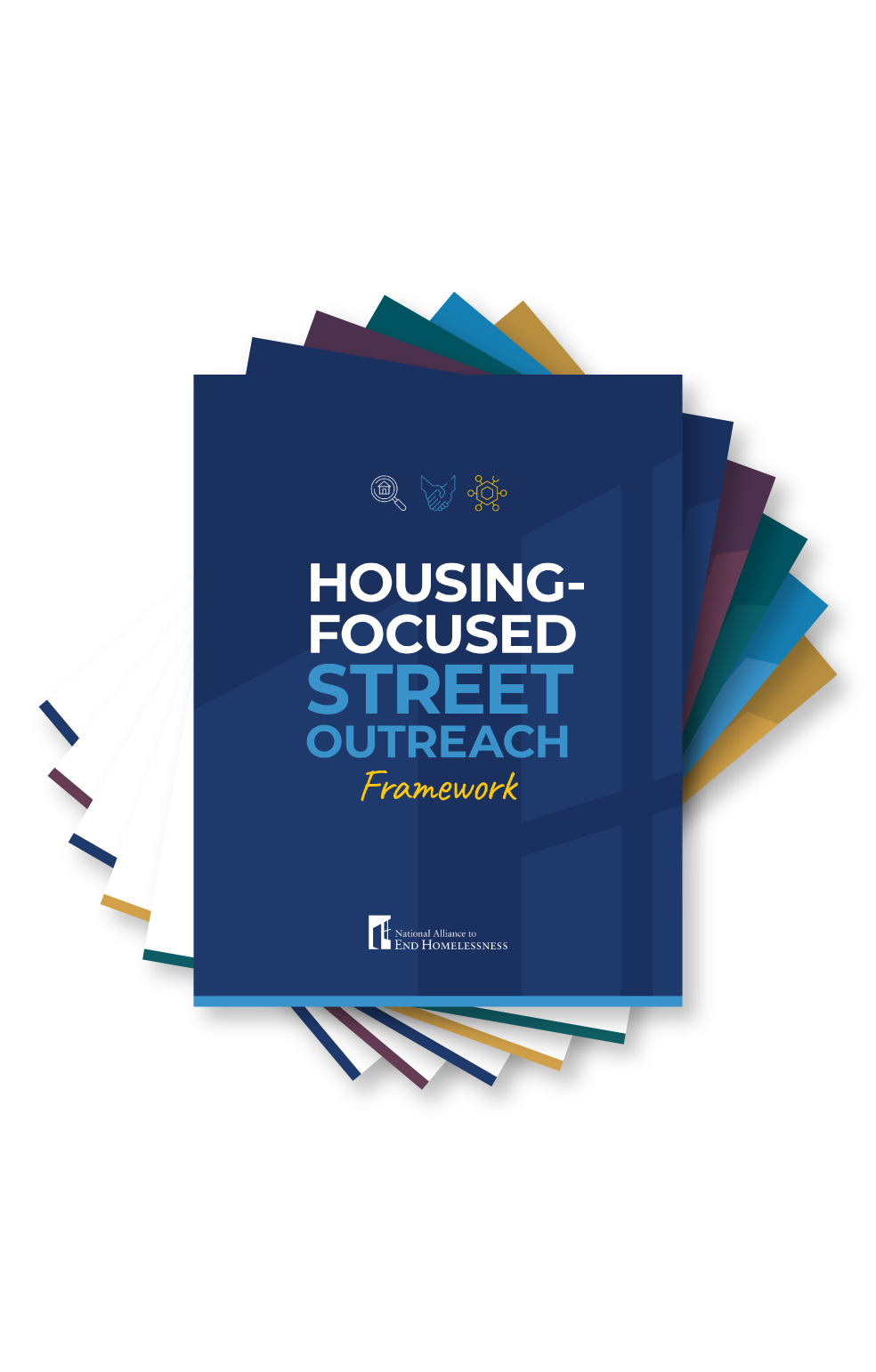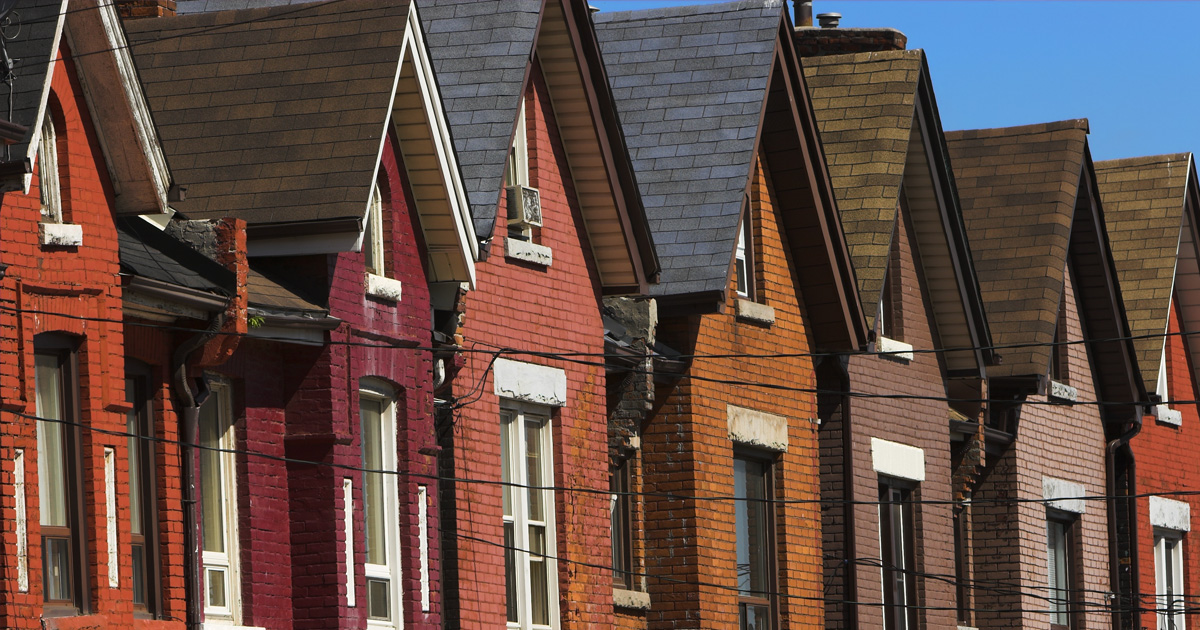The following post is part of a blog series exploring the harmful impacts of President Trump’s recent Executive Order on homelessness. In each post, Alliance staff will discuss one component of the Executive Order, and what the implications will be on homeless services. Please note, the Alliance cannot and does not provide legal guidance. Please consult a lawyer for legal interpretations.
Read more from this series:
The first thing you notice when reading President Trump’s recent Executive Order on homelessness is the language. Starting with the title, the Order explicitly links homelessness to criminal activity with words such as “disorderly behavior, sudden confrontations, and violent attacks,” while also linking mental health to criminality and sex offenses.
Stereotypes on homelessness are nothing new. But it is new to see a President embrace them so aggressively.
Why It Matters
The work to end homelessness is already hard. It’s made even harder by elected officials who insist that this is simply a matter of personal behaviors (in this case, criminal behaviors).
This mentality absolves lawmakers from addressing the structural issues that drive this crisis and affect all Americans: a prolonged shortage of affordable housing, a threadbare social safety net, and a broken criminal legal system, to name just a few. But for many, it’s easier to instead blame people for their poverty and homelessness.
What’s worse are the grotesque historical precedents of this approach.
Positioning entire groups of people as criminals and undesirables has always been a tactic to justify discrimination, marginalization, and hate. Throughout our history, we’ve seen this used against people based on their race, religion, and sexuality. More recently, we have seen it used against a whole host of groups of people: Medicaid recipients, people exercising their right to protest, trans individuals, recent immigrants, and U.S. citizens of Latino ethnicity. Worldwide, it is a consistent justification for genocide.
Why Use Harmful Language?
Using this language justifies the Order’s intent: heavy-handed law enforcement tactics (including aggressive encampment sweeps), threats of arrest, and forced institutionalization.
This is a blunt and oversimplified strategy that is proven to fail at reducing homelessness. One might argue that it represents the total absence of any cohesive strategy on homelessness at all. And the only way to justify it is to cynically communicate to the world that homeless people are inherently dangerous and undeserving of the same rights that the rest of us are entitled to.
The frustrating reality is that presidents have a key role in providing leadership, resources, and strategy for taking on this crisis. And they have an immense platform for educating the public and shaping the narrative on homelessness.
But the language of this Executive Order is intended to further stigmatize people for their homelessness. That doesn’t advance solutions; it only cultivates further fear and distrust.
Stay Updated: Solutions, Stories, and Ways to Make an Impact
Sign up to receive updates on the Alliance’s work, including the latest research, advocacy efforts, and real stories of progress — plus ways you can help drive lasting change.














